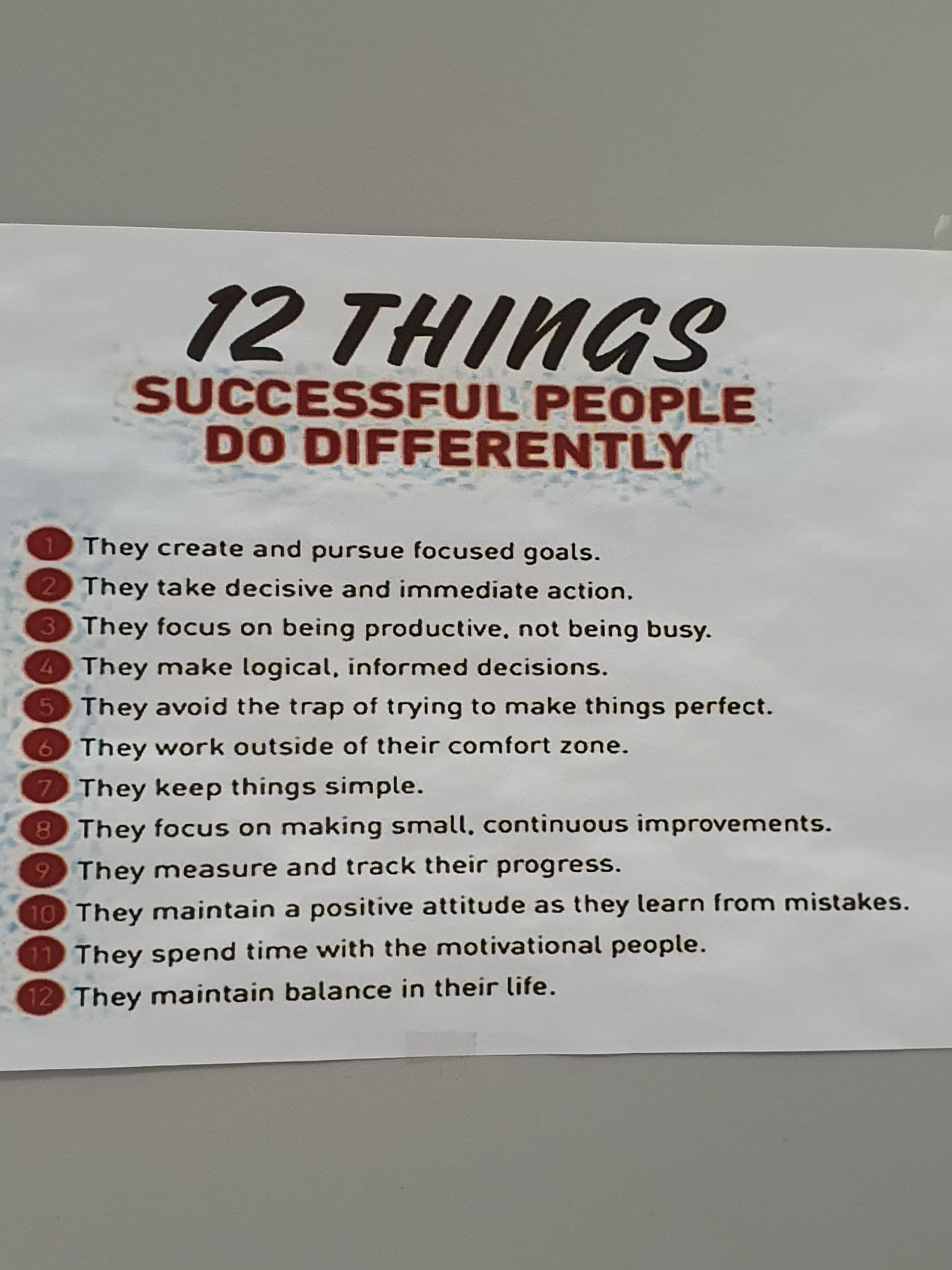
ThorG
No personal profile
51Follow
2Followers
0Topic
0Badge
Will patience be paid off? That's the best we can do.
Sorry, the original content has been removed
Monitor 1st on the downtrend.
U.S. Stocks Slide at the Open As Traders Weigh Latest Batch of Economic Data, Inflation Concerns
Have to be patient and wait. Still holding on as my lost is too great to let go.
Palantir Q2: Investors Beware
Thanks
Sorry, the original content has been removed
Must monitor
Sorry, the original content has been removed
Hold on for NIO?
Tesla Investors Beware: Bad NIO, Li, XPeng April Deliveries Hit by Covid.
Agree
3 Things Investors Should Do Right Now as Stocks Tumble (Again)
So unpredictable
Will Nvidia Be a Trillion-Dollar Stock by 2025?
Thanks
Sorry, the original content has been removed
Thanks
4 Unstoppable Warren Buffett Dividend Stocks That are Passive Income Machines
Thanks for the sharing
Want $1 Million in Retirement? Invest $100,000 in These 3 Stocks and Wait a Decade
Thanks 😊
This $600 Million Fund Just Bought Palantir (PLTR) Stock. Here’s Why.
Buy
Tesla Stock Climbed 2.82% in Morning Trading
$SPDR Dow Jones Industrial Average ETF Trust(DIA)$ Diw Jones have been fluctuating
Agree
The Stock Market Is Not a Roller Coaster, a Bull, a Bear or a Dead Cat
👍
Pre-Bell|Nasdaq 100 Futures Rose 2% Led The Rebound; Stitch Fix Tumbled 26.4%
Power to hold
Fear, Panic And War Are Bad Reasons To Sell Stocks
It's a good move right?
NIO Files for Listing in Hong Kong
Tq
Sorry, the original content has been removed
So it's buy
Is Now A Good Time To Buy Or Sell Apple Stock?
Go to Tiger App to see more news